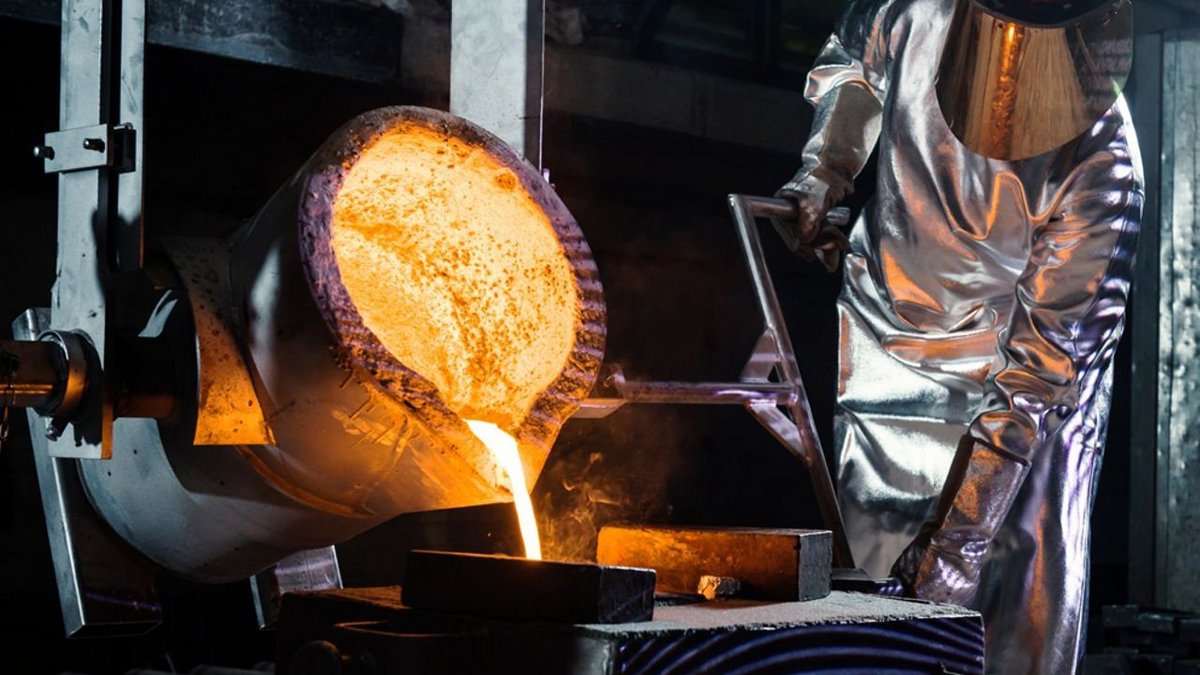There are two main techniques for creating a metal prototype: metal 3D printing and casting. Each has its merits and will typically be better suited to different projects. Traditionally, the former is preferred for lightweight, one-off pieces, while casting is preferred for batch production. This is partly due to economies of scale rather than any technical preference – the more items you cast, the cheaper each one will be, which can't be said for those you create through 3D printing.
Ultimately, however, your decision should be made by answering a simple question – what technology will you use to mass-produce the finished product? If that answer is casting, then you should also use casting to create your prototype.
A history of quality
Casting has been an incredibly popular choice for metalworking for hundreds of years and, thanks to modernization, is constantly improving. It has allowed for continuous innovation in fields such as the automotive industry, where it is used to create engine parts like the cylinder head, block, and turbocharger. While the pieces themselves may look simple, they often come with a complex challenge – how do you make each iteration lighter?
The answer is simple – reduce the amount of material you use. However, that's easier said than done. In a small piece such as the cylinder head, doing so means making the walls thinner without compromising on strength. Working with a high-quality foundry makes it possible to meet this challenge and others like it.
Size is no issue
One of the main barriers to prototyping has always been scale – size and weight. While foundries have long mass-produced large, heavy pieces, few had the capacity or willingness to do the same for rapid prototyping.
Thankfully, times are changing. If you were to work with ACTech, for example, the scale of your design wouldn't hold you back. Whether it's a small individual piece for the automotive industry or a large, heavy, fully functional part for a ship engine, we'd be happy to cast you a prototype.
An all-in-one approach
As we mentioned earlier, casting isn't the only method for rapid prototyping – and it isn't used in isolation. 3D printing and CNC play an important role in the production of every prototype as well. Molds are usually made using 3D printing techniques, while CNC is necessary when working in incredibly tight spaces.
While not all foundries are set up to cover each of these methods, ACTech's 'all in' mentality means we offer high-quality casting and CNC where required, all in the same workflow, saving you time in the process.


![[Translate to Englisch:] Close up of a turbine wheel made using investment casting](/fileadmin/_processed_/a/2/csm_3_blog-image-1-benefits_5a128cba7a.jpg)
![[Translate to Englisch:] A cylinder head with an integrated exhaust manifold.](/fileadmin/_processed_/a/c/csm_3_blog-image-2-benefits_b7e04bd06d.jpg)
![[Translate to Englisch:] ACTech team member performing the optical measurement of a cylinder head](/fileadmin/_processed_/c/1/csm_3_blog-image-3-benefits_d9341bb1b6.jpg)

